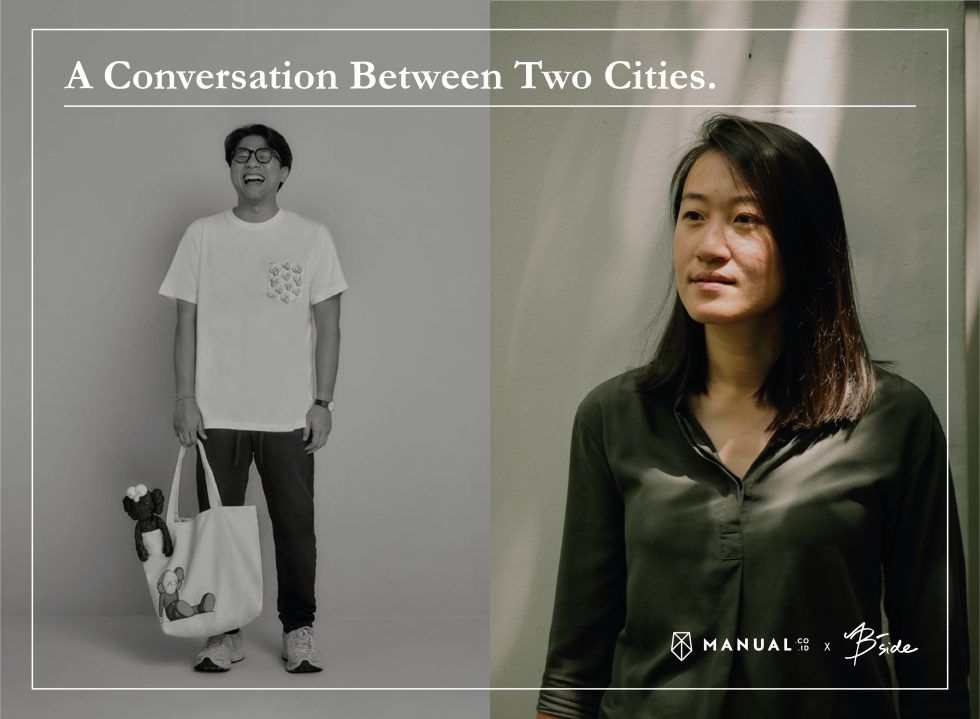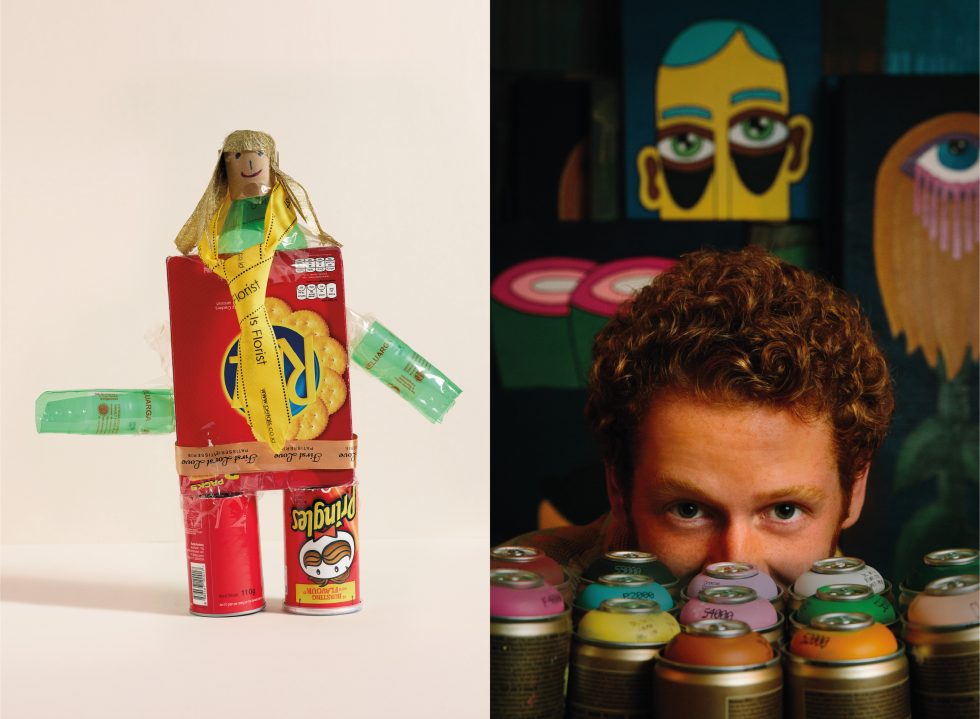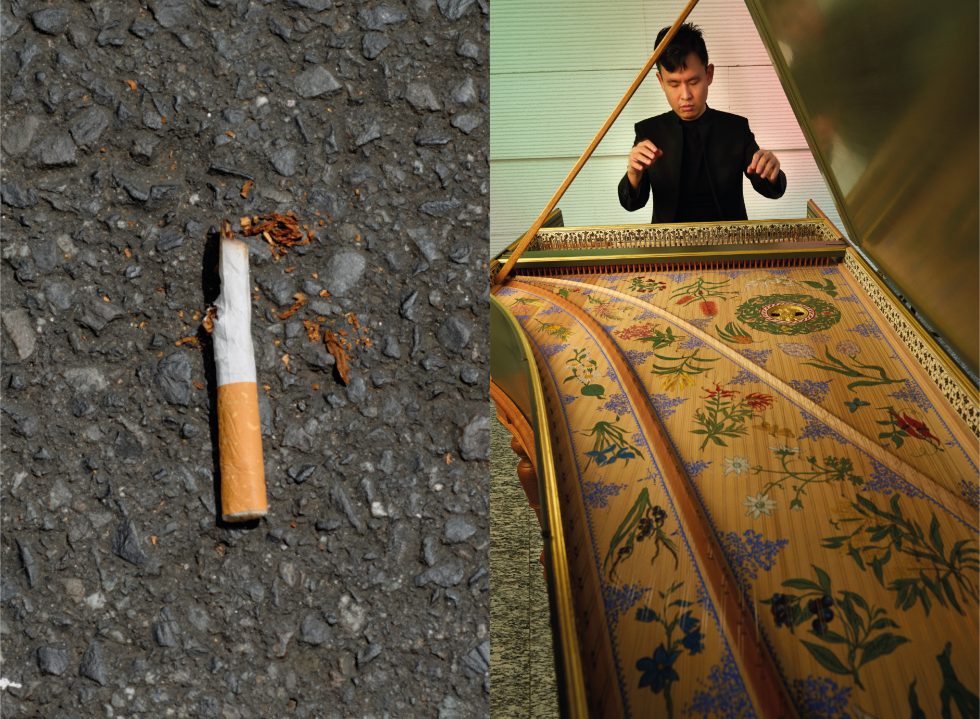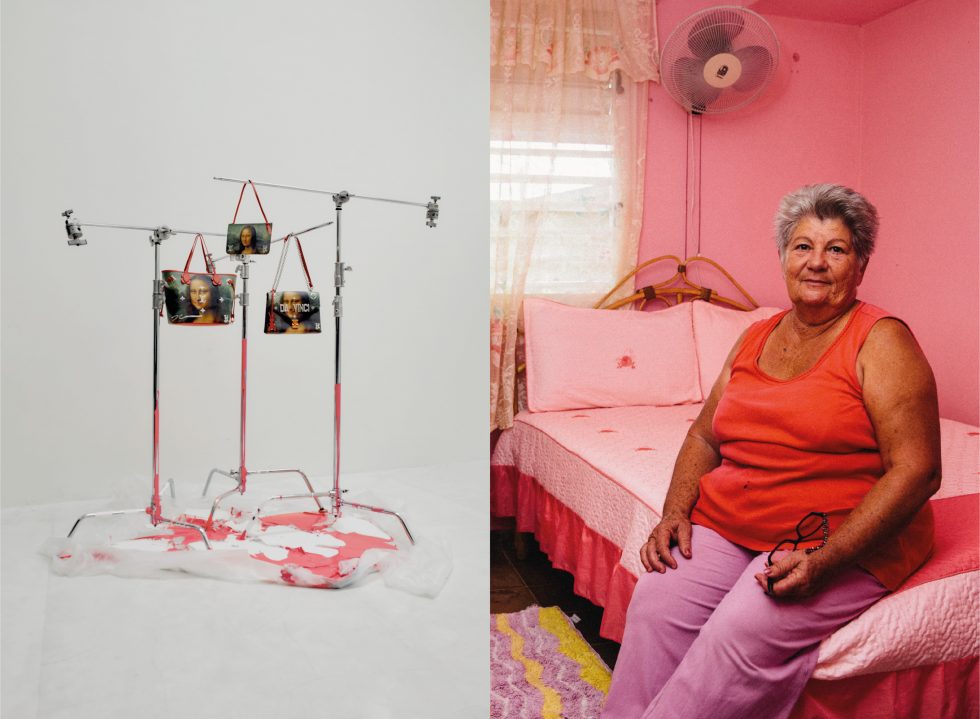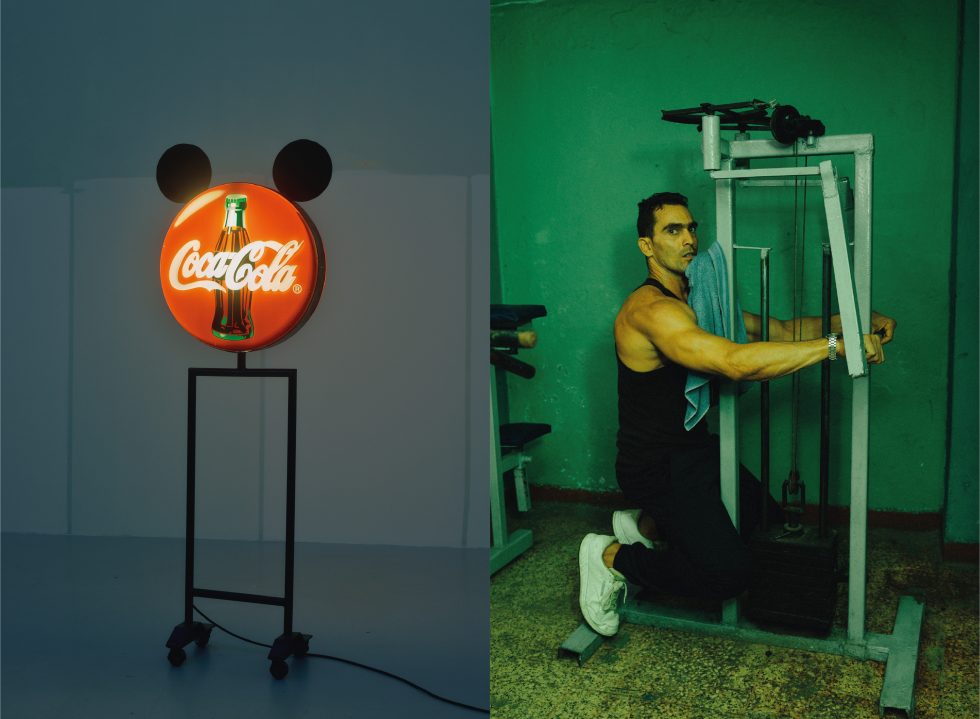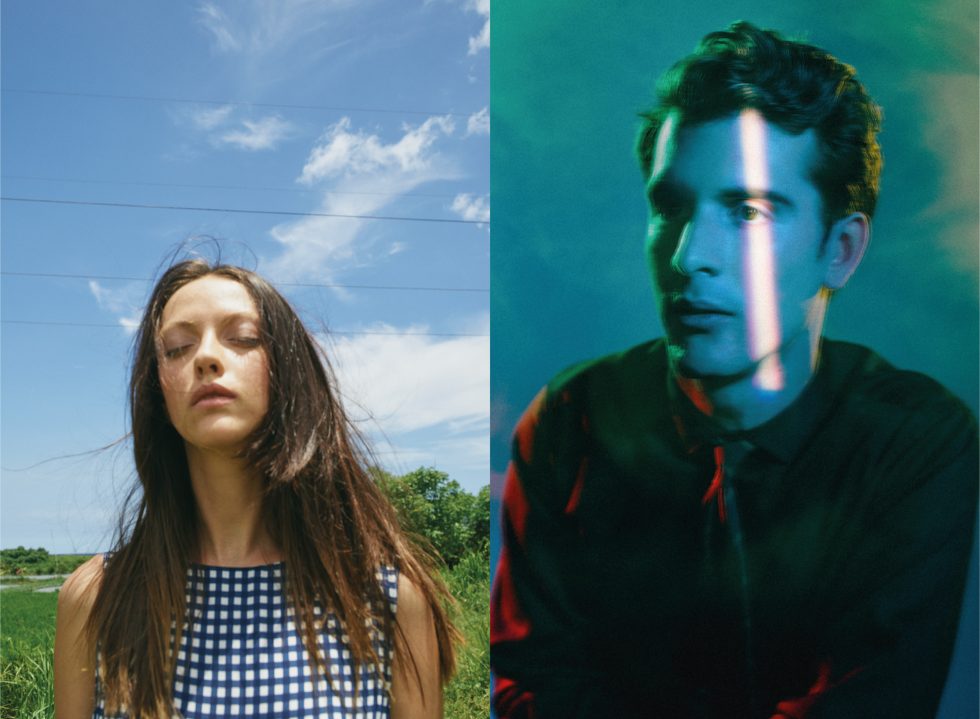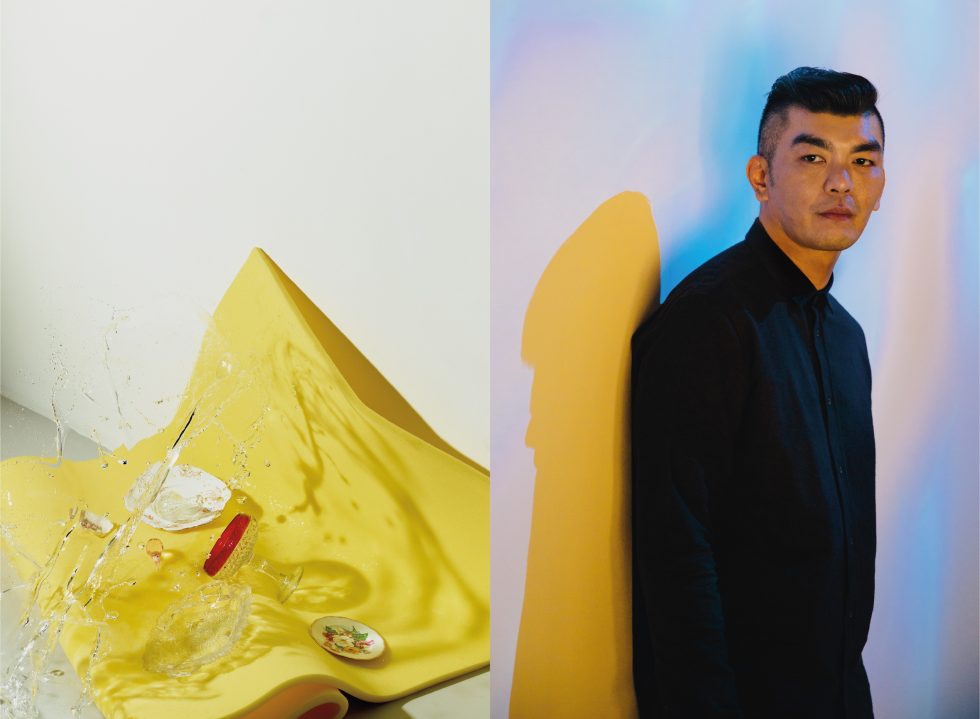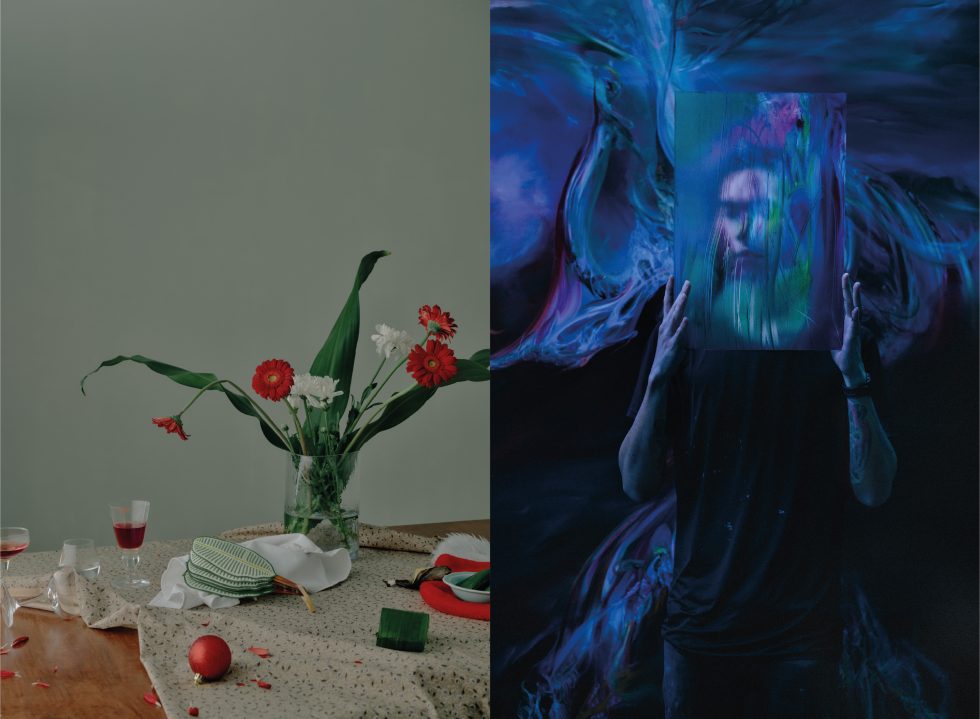Conversation Between Two Cities is a series of three articles that aims to showcase the glimpse of differences and similarities found in Jakarta’s and Singapore’s creative industry, as two noted figures exchange their working experience. Read more for the musicians and ceramists.
Juliana Tan was born in Indonesia, but Singapore is her home. The 30-year-old photographer has pursued a career in photography and her works have been published in major publications.
Chris Bunjamin resides in Indonesia where his works in commercial and fine arts are appraised in the industry. His photographs have been exhibited in noted museums and galleries.
—
Chris Bunjamin (CB): Hi Juliana, so how long have you been doing photography?
Juliana Tan (JT): I’ve been working for 8 years now. You?
CB: Nine years. When I was in University, I didn’t know what I was doing at school. One of my Indonesian friends taught me photography. My Indonesian friend taught me how to use the camera and post-production, photoshop. My Art Club friends – they ask me to photograph their portraits, their weddings… I thought it was good therapy for myself. I’m actually an introverted person but photography made me happy.
JT: I moved from Bandung to Singapore quite suddenly. I think you remember the 1998 economic crisis. I remember I came home from school one day and mum said to pack up my bag. And I didn’t know what that meant. I just packed up and left. I think the first few things that my dad bought me when I started school here was a camera. And I started to record everything that I could.
So, I started photography in that way. I think it was only in school until my third year – my lecturer did this very ambitious talk in school where they invited him and different photographers to speak. I remember sitting there listening to all the photographers – can I really call myself a photographer? So, I think that was the running point when I decided to take photography more seriously, to a point where one day I need to be able to call myself one.
CB: So, do you think of yourself as a photographer now?
JT: I think so.
“Because one thing I believe about art and photography is that it’s not about finding good artworks at galleries.” – Chris Bunjamin
CB: What really inspires you when you do your photography?
JT: I think knowing that I’m not there yet. I’m still so far away from where I want to be – that drives me every day. I know that after every shoot, after every assignment, after every shot, I get better and I just need to keep going so hopefully one day I will reach where I want to be. How about you Chris?
CB: I think the inspiration is from daily life, enjoying the small little things in life and seeing what’s good around me. Because I’ve been in the fashion and commercial industry for some time. I felt like I was losing myself in the industry in a way that I’m not really enjoying the work as much as when I was back in school you know. So I’m trying to get those things back into my photography by just documenting the stuff that I love.
JT: Is there anything you’re working on now?
CB: I’m working for an exhibition for this December or January. I’m working with a museum foundation in Jakarta. I’ve been shooting ten museums in Jakarta – the facades, and documenting the surrounding. We’re going to do an auction of the artworks at the end of the year – or beginning of next year. How about you, what are you working on now?
JT: I’m mostly working on assignment work, but I like to think that I bring art and commerce in my work. I try to put a little bit of art and a bit of the commercial glossy side. I like to exist in this space. At first, I wanted to be a photojournalist and be in the front line.
CB: So, what are some of your most memorable works so far?
JU: I did a series of works when I was in Cuba. I was there for about 3 weeks and I wanted to shoot portraits of the people, basically photograph people in their work places or homes. I really like that work. I think the people there are not as exposed to the rest of the world and when they approach the camera or interact with you, they’re not thinking about is it going to be somewhere. It was an organic interaction. What’s yours?
CB: Last year, I worked with this art foundation who works with refugee kids from Afghanistan. I taught them photography. In the end, we did an exhibition together at the National Gallery with the kids; I was creating a project about refugee kids, and they shot some projects under my guidance. It was a good experience, you know? Because one thing I believe about art and photography is that it’s not about finding good artworks at galleries, but also about seeing regular people do art and finding good art from them.
So, I was very surprised and learned new perspectives from the students: the way they see things, the way they feel things – they were amazing. I was very proud of the students, they sold some of their works at the exhibition too. I sold a few of my artworks too, donated some funds back to the school to support the infrastructure of the photography course. We’re going to continue the quest this year.
JT: How long was the process?
CB: I was teaching for 6 months and shooting for two. I didn’t want to approach with portraits, there’s too many of those. I wanted to increase the awareness, so I was photographing the children’s toys, the things they made, photograph the way they make things out of clay, food packaging…
JT: I think I saw that on your Instagram page…
CB: Yeah, I’m trying to channel my energy into sharing about people – it’s not about donating money, it was more about educating, sharing my ideas, making everything more sustainable in photography. Not only to look grand all the time, not only to brand yourself and make it look cool.
JT: I don’t know whether you feel the same way, but Indonesia is much bigger than Singapore, and Singapore doesn’t have a lot of publications. I feel like editorial and photography go hand in hand, and when you don’t have one side it kinds of takes away from the photography as well. After a while people are not trying to be better, because there is so little competition, so people are not so hungry anymore. I think that’s the main thing I feel in Singapore is that people are not pushing themselves hard enough, both client and photographer. Of course, I can blame it on the client but the photographer themselves have to like… because there’s no demand and not enough fire.
CB: Yeah, I understand what you mean.
JT: So if you ask me what I want to be in 5-10 years, my dream would be if I was able to shoot for the cover of Times Magazine for example. But then again you understand Times Magazine 10 years ago was a very influential magazine, but today it’s just kind of another magazine – and I think we’re losing that realm for editorial. And we need to find out what’s next but it seems that its just going to be a citizen journalism – be famous for 15 minutes then and influencers are taking over the world.
Actually, Chris I want to ask you about this: when I first saw your work, I didn’t think you were from Indonesia. It doesn’t look… I don’t know enough about Indonesian photography but it doesn’t look like it’s from Indonesia. It looks very European. So, what are your influences?
CB: At photography school, I was lucky to be able to express myself through my work. When I returned to Indonesia, it was pretty bad. The way I do things and the standards are different. It was a lot of commercial work when I first got back, and I was trying to adjust with the industry here.
But then over time I started to rethink and tried to apply my ideas when I shoot. I was pretty lucky to work with the right people who understand my ideas. It really transformed my work for the better. Now, I’m trying to keep it up and enjoy photography – do more exhibitions, find medias outside of Indonesia to work with, which give me the freedom to express ideas and the way I see things.
JT: So, you can’t do the same for local assignments?
CB: When I first got back, I couldn’t. But now, the medias are more open to exchange ideas. So yes, it’s shifting even for commercial work; last time I was shooting for Uniqlo and KAWS, and I was linked with agencies that understand my style – so I could shoot it the way I wanted to shoot. Aside from the brief, I can put my ideas into it. Here, the last couple of years have been good, and I agree with you regarding the media stuff. Now print is dying here, but some, like Manual Jakarta, still do print.
“I find that one of the most difficult questions that a creative person has to answer is, ‘What do I really believe in? What is it about me that I can bring to the table?'” – Juliana Tan
JT: You also shoot a lot with film, don’t you?
CB: I used to shoot with film back in school. But here, the infrastructure isn’t as good.
JT: I shoot my personal projects with film. I’m trying to bring more film to my commercial works but I think the margin of error is so high for film, and there’s the pressure from clients when you shoot with film because they can’t see the result until it’s developed.I’m trying to find the right projects.
CB: But isn’t it fun?
JT: Yeah, as long as it’s not all black or all white. But you are right, I think the labs, it’s so important to have good labs so you are able to control the output. But, increasingly, we don’t have that here. People are not hungry and curious enough. They get comfortable too easily. Comfortable is okay but making good art requires a bit of ‘pain.’
CB: So how did you get your ‘pain’?
JT: I inflict it upon myself (laughs). To me, there are very few photographers in Singapore that we can talk about photography in a deeper way. We’re not just working for money, and pat ourselves on the back. But it really is about looking back at the work and ask, “Is it good enough?”
Another thing about Singapore is the government and education system emphasise a lot on productivity; and when the conversations are centred around that, it’s just not good for the outcome. You’ve been taught so much about how to be a useful member of society and you are always thinking, “Am I living up to what I’m supposed to do?” And while that might be good, I find that when you’re trying to create art or something that you cannot put monetary value, it really destroys the work and your own spirit because you’re thinking, “Oh I’m not doing this fast enough, not good enough”. I have a friend who’s a writer and director and he’s still writing his first screenplay and I think every time someone asks him about it, he’s like, “Oh, I’m writing,” and they give the ‘oh you’ve taken the last 6 months to write? You’re still writing?’ Things like these are the main drawbacks of Singaporean culture.
CB: I think it’s pretty similar in Jakarta – a lot of creative workers become comfortable with their work. The bad thing about the industry here is that, a lot of people are willing to work for free. It affects the industry in some way, but I’m not really worried about it because if you don’t have certain standards or not enough drive, you won’t last long. So the only thing I’m worried about is how to sustain my work, how to survive.
JT: When you say survive, what do you mean?
CB: To balance the work where I still can be hungry; to create my own work and still make money to afford a living. So that’s hard. I want to shift my work with less commercial work. Because when you’re shifting your work into the more organic areas, you get to meet individuals that can help you grow as well. It’s not only about the money. Of course, I still need it, but by meeting these people I grow as an individual, as a photographer, as an artist I guess… Which is good.
JT: I think it’s very important to know yourself and be true to yourself. I find that one of the most difficult questions that a creative person has to answer is, “What do I really believe in? What is it about me that I can bring to the table?” It’s so important to know what you can create something that other people cannot, in this world where there are gazillion images coming up every day on your phone – but what is it that makes you different. And once you know and be courageous enough to stick to it and not be swayed by someone else who shoots in their own style. If you start changing because of that, you will lose yourself. You’ll end up being the second best.
CB: Right, I completely believe in that too.
This interview has been condensed and edited for clarity.
